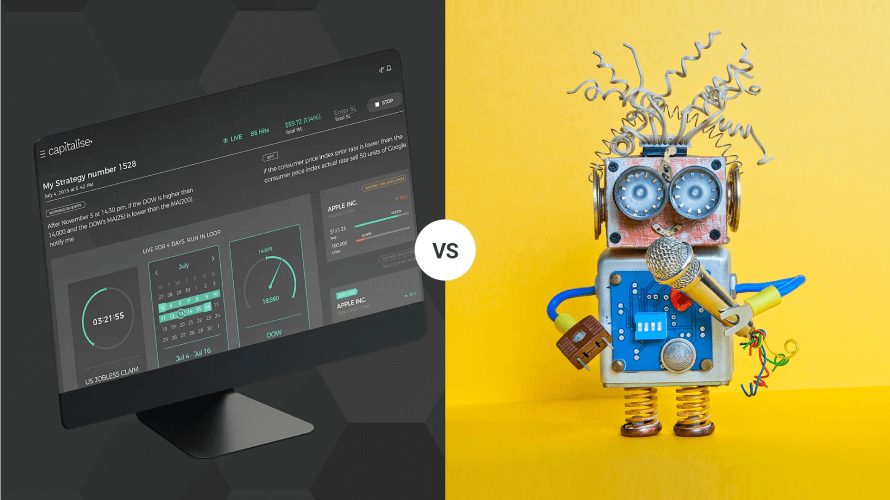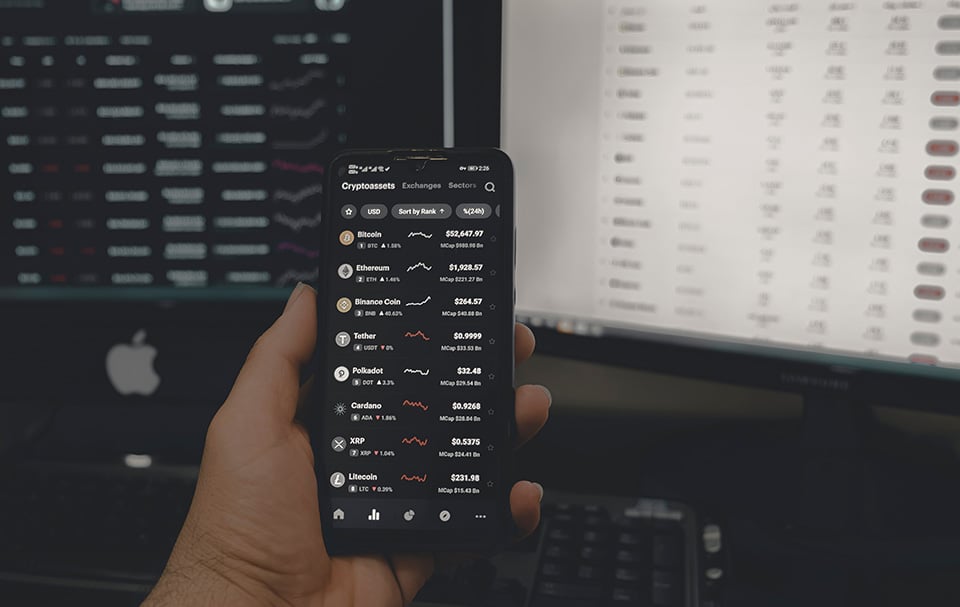It is vital to backtest strategies for trading on various time frames to verify its robustness. Different timeframes may offer various perspectives on price movement as well as market trends. Backtesting strategies on various timeframes can help traders gain a better understanding of how they perform in different market conditions. This will enable them to determine if the strategy is consistent and reliable over time. For instance, a strategy that is successful on a daily basis might not work well in a longer timeframe like the monthly or weekly. Backtesting the strategy in both weekly and daily timesframes will allow traders to spot possible problems and then adjust the strategy according to the results. Another advantage of testing backtesting on multiple timeframes is that it will aid traders in determining the best time frame for their strategy. Different traders might have different preferences regarding trading frequency, and backtesting on multiple timeframes can help traders determine the time horizon that's most effective for their specific strategy and particular trading style.In conclusion, testing back on different timeframes is essential for verifying the robustness of a trading plan and to identify the most suitable time horizon to implement the strategy. Backtesting can give traders greater insight into the strategy's performance. This will enable traders to make more informed decisions about its reliability and consistency. Take a look at the top forex backtester for website info including best free crypto trading bots, what is backtesting in trading, algorithmic trading platform, crypto trading strategy, trading indicators, backtest forex software, position sizing calculator, position sizing in trading, cryptocurrency trading, trading platform cryptocurrency and more.

Why Backtest Multiple Timeframes To Ensure Fast Computation?
It's not as fast to test multiple timeframes, but it's as easy to test just one timeframe. Backtesting across multiple timeframes is necessary to confirm the strategy's robustness and ensure the same performance under various market conditions. The process of backtesting the same strategy over multiple timeframes means that the strategy is tested on different time frames (e.g. daily and weekly, as well as monthly) and then the outcomes are analysed. This will give traders a better understanding of the strategy's performance, and aid in identifying potential weaknesses or inconsistencies. It is important to note that backtesting on different timeframes could increase the complexity and time-consuming requirements of the process of backtesting. Backtesting with multiple timeframes may make more complicated and take longer required to compute. Therefore, traders need to carefully weigh the trade-off between the potential benefits as well as the computational time and additional time. Traders should carefully consider the trade-off between the potential benefits as well as the time and computational requirements before choosing whether to test back using multiple timeframes. Check out the recommended forex backtester for blog advice including automated system trading, rsi divergence, crypto backtesting platform, automated system trading, cryptocurrency automated trading, backtesting trading, best forex trading platform, backtesting trading strategies free, stop loss meaning, best indicator for crypto trading and more.

What Backtest Considerations Exist Concerning Strategy Type, Elements, And The Number Of Trades
When backtesting a trading strategy, there are several key factors to be considered in relation to the type of strategy used and the elements of the strategy and the amount of trades. These considerations can impact the outcomes of the backtesting process and should be taken into account when evaluating the effectiveness of the strategy.Strategy Type- Different types of trading strategies, like mean-reversion, trend-following, and breakout strategies, all have distinct assumptions and behavior on the market. It's important to consider the type of strategy being tested and select the historical market data set that is suitable for the type of strategy being tested.
Strategies Elements- The components of strategies, like the rules for entry and exit, position sizing, and risk management could each have a major impact on the outcomes of the backtesting process. It is important to take into consideration the entire set of elements when assessing the effectiveness of the strategy and to make any needed adjustments to ensure the strategy is robust and solid.
Number of Trades The number of trades that the backtesting process has can affect the outcomes. Although a large number of trades can offer a more complete view of the strategy's performance than having fewer, it can also increase the computational requirements of the backtesting procedure. Although a lower number of trades will facilitate simpler and quicker backtesting process but they will not offer an accurate picture of the strategy's performance.
To conclude that, testing a trading strategy back is a matter of considering the type of strategy, strategy elements, and the number of trades. This ensures accuracy and reliability of outcomes. In taking these elements into consideration, traders can more accurately assess the effectiveness of the strategy and make informed decisions about its robustness and dependability. Check out the most popular algo trade for website tips including what is backtesting in trading, algo trading software, backtesting trading strategies, crypto strategies, best indicators for crypto trading, backtesting software free, free trading bot, automated trading, automated trading software, best trading platform and more.

What Are The Key Criteria To Determine Equity Curve And Performance?
When evaluating the performance of a trading strategy through testing, there are several key criteria that traders may use to determine if the strategy is successful or not. This could be the equity curve, performance indicators, or the number of trades. It's a gauge of the performance of a strategy and provides an overview of its overall trends. If the equity curve shows an increase in the amount of time, with minimal drawdowns, a strategy will meet this requirement.
Performance Metrics - Aside from the equity curve, traders could take a look at different performance indicators when evaluating trading strategies. The most commonly used measures are the profit ratio (or Sharpe ratio) and maximum drawdown. average duration of trading, and maximum drawdown. A strategy may pass this criterion if the performance indicators are within acceptable limits and show consistent and reliable performance over the backtesting period.
Number of TradesThe amount of trades completed during the backtesting process can be a crucial factor in evaluating the effectiveness of a strategy. A strategy may pass this test if it has enough trades throughout the backtesting process, as this can provide a more comprehensive view of the strategies' performance. However, it's important to note that a strategy's success may be measured not solely by the number of trades produced. Other aspects, such as the quality of trades, are also to be considered.
The equity curve and performance metrics, as well as trades, and the number of trades are all important aspects to evaluate a trading strategy's performance through backtesting. This will allow traders to make informed decisions about whether the method is solid and solid. These metrics allow traders to better analyze the performance of their strategies and then make changes to improve them.